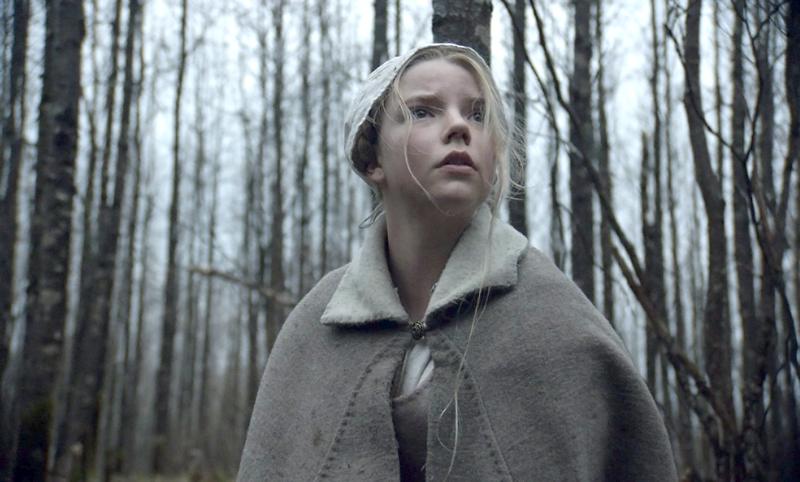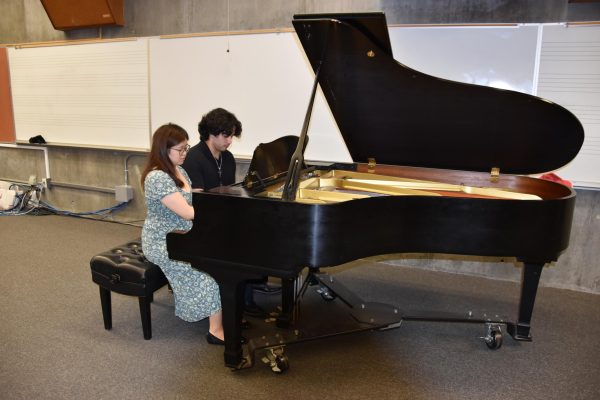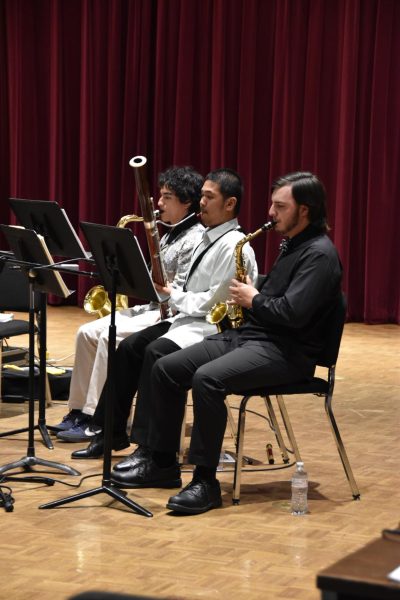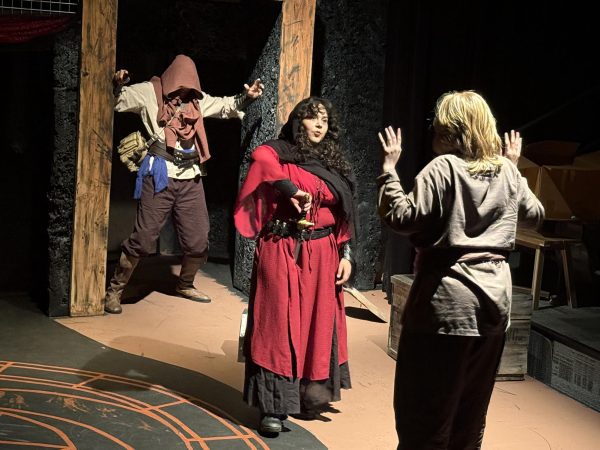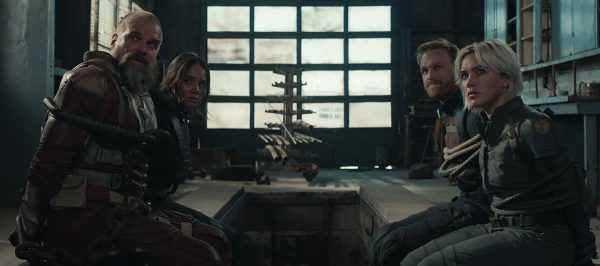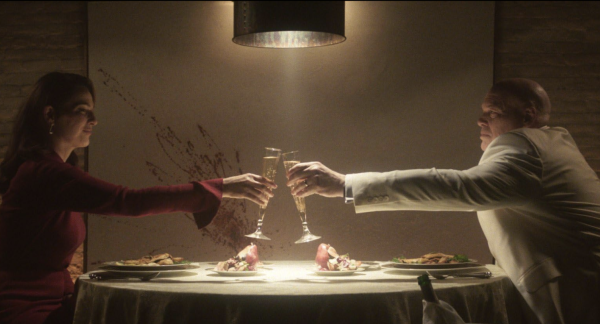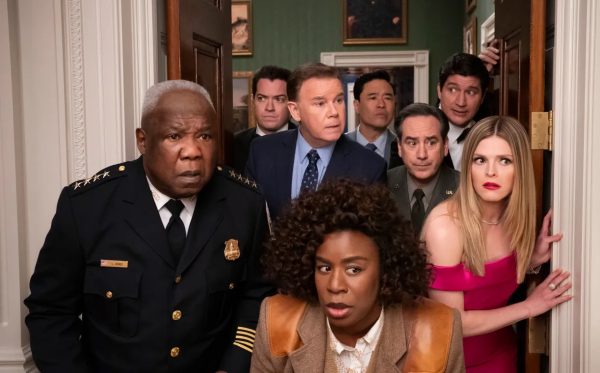Film be-‘witches’
After viewing Stanley Kubrick’s adaptation of “The Shining,” Stephen King lamented that it was “a fancy car without an engine,” claiming that Kubrick had taken his novel’s matriarch — a clever and strong-willed character — and turned her into a screaming idiot, capable only of slobbering and gaping wide-eyed at Jack Nicholson’s cartoonish insanity.
Writer-director Robert Eggers’ gorgeous debut “The Witch,” a self-labeled folk tale, could have easily succumbed to the same pitfalls. Set in the early 1600s, the movie begins with the trial and expulsion of a family of six — soon to be seven — from a New England town due to their religious practices. The family patriarch William packs up his family and ends up on a plot of land on the fringe of a gnarled forest. Having never seen a horror movie, they decide it’s a good place to make a home.
While playing peekaboo with her newborn brother, our protagonist Thomison (a fantastic Anya Taylor-Joy) uncovers her face only to find herself the surprised one: the baby is gone, and some dancing foliage on the edge of the forest tells her something has taken him in.
This may sound like the beginning of a boilerplate horror movie, and the commercials and trailer may have led you to believe this, too, but “The Witch” is something else altogether. While the movie instills a constant unease and has its fair share of nightmarish scenes and imagery, there’s not a jump scare to be found. The tell is found in the movie’s subtitle: “A New England Folk Tale.” If you’re familiar with the non-Disneyfied folk tales like Hansel and Gretel or Rumpelstiltskin, you know that Old World children’s tales often had tremendously dark elements like forest dwellers preparing meals featuring kid meat. “The Witch” is a proud adherent to this tradition.
Eggers pulls good performances from the entire family, from the “Game of Thrones” alumnae parents — the movement to normalize breastfeeding has no greater enemy than Katie Dickie — to Thomison’s voyeuristic little brother Caleb. Perhaps the most impressive find is the fun-sized Ellie Grainger, one half of the family’s wicked twins.
The movie ventures into one of film’s all-time creepiest woods a few times, the camera always lurking behind several rows of trees, but most of the highlights come inside the claustrophobic hut. Eggers almost immediately pits the mother and the twins against Thomison, and in a time when men needed to be jacks-of-all-trades to keep their families alive, prideful William’s sole skill seems to be splitting firewood. The towering stack on the side of the house is a monument to his talents.
Eggers dug deep into primary sources from the era and allegedly used journals from the time to construct the movie’s dialogue. While this helps tremendously with the authenticity — the family’s religious zealousness always comes off as chillingly real — the archaic vocabulary and the actors’ Yorkshire accents makes some of the dialogue hard to understand.
The movie seems to straddle a couple of different fences when it comes to its underlying message — is the Real Horror family, piousness, or puberty? But perhaps Eggers just wanted to make a spooky witch movie. After the credits rolled, I wasn’t quite sure what to make of it, but the more I think about the movie, the more I like it, and it’s been hogging my thoughts ever since I left the theater.
“The Witch” is a finely crafted debut from Eggers, and it fits in nicely with the recent offerings of quality art house horror like “It Follows” and “Honeymoon.” This fancy car has an engine.

I graduated from Rio Vista High School in 2010 and goofed around for a couple years before registering at LMC in spring of 2013. I continued goofing around...

